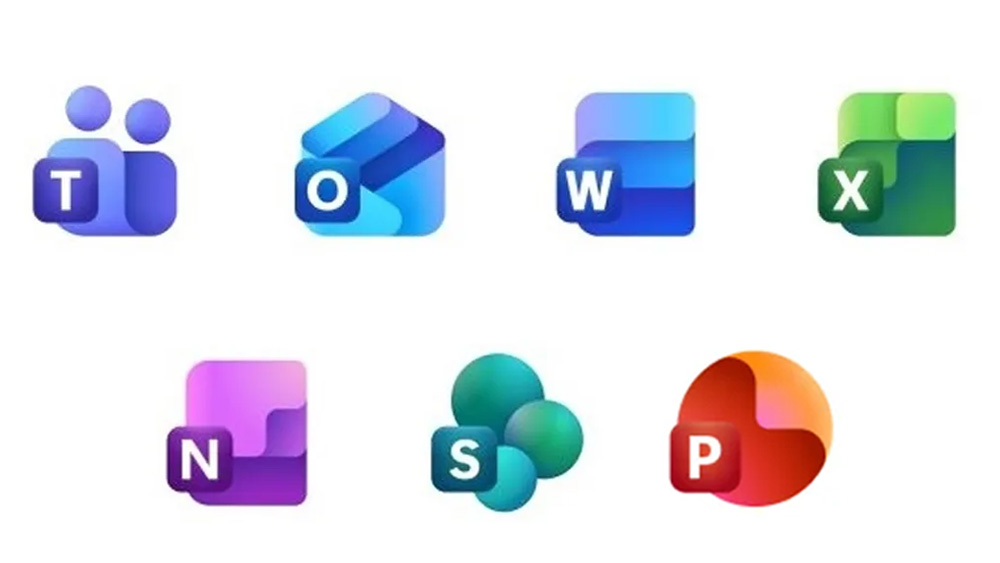Apple Tops Global Smartphone Sales in Q1 2025 Amid Economic Uncertainty

(Reuters) - Apple Inc. has emerged as the leader in global smartphone sales during the first quarter of 2025, largely fueled by the successful launch of its latest device, the iPhone 16e. The data, released by Counterpoint Research on Monday, indicated that strong consumer demand, particularly in markets such as Japan and India, contributed to Apple's impressive performance.
The significance of Apple's achievement cannot be overstated, especially in the context of a challenging economic landscape. Counterpoint Research has projected a downturn in the smartphone market for the current year, attributing this decline to economic uncertainties and the impact of tariffs imposed by former U.S. President Donald Trump. The fluctuating nature of these tariffs, alongside escalating global trade tensions, has led to a more pessimistic economic outlook, raising concerns about potential inflation.
In the report, analysts indicated that such a volatile macroeconomic environment often leads consumers to delay their smartphone purchases. This hesitation not only disrupts the supply chain but also heightens trade risks, which could adversely affect the smartphone market overall.
As per our current estimates, the tariff announcement did not lead to a major demand increase because of the uncertainty around tariffs and policy. Since tariffs were announced in April, they did not impact iPhone demand in Q1 2025, stated Ankit Malhotra, a senior research analyst at Counterpoint Research. This perspective highlights the intricate relationship between trade policies and consumer behavior in the technology sector.
Looking at the numbers, the global smartphone market experienced a modest growth of 3% during the first quarter of 2025. Despite this uptick, Counterpoint's forecasts suggest that the overall smartphone market could see a decline in the forthcoming months as economic conditions continue to evolve.
In terms of market share, Samsung followed Apple, capturing 18% of global smartphone sales. Xiaomi also maintained a strong performance, continuing its upward sales momentum. Meanwhile, vivo secured the fourth position, with OPPO rounding out the top five. These figures reflect a competitive landscape where multiple brands vie for consumer attention and market share.
As the year progresses, all eyes will be on how these dynamics unfold. Factors such as consumer confidence, economic policies, and competitive strategies will play critical roles in shaping the future of the smartphone market.
(Reporting by Zaheer Kachwala and Arsheeya Bajwa in Bengaluru; Editing by Krishna Chandra Eluri)


























